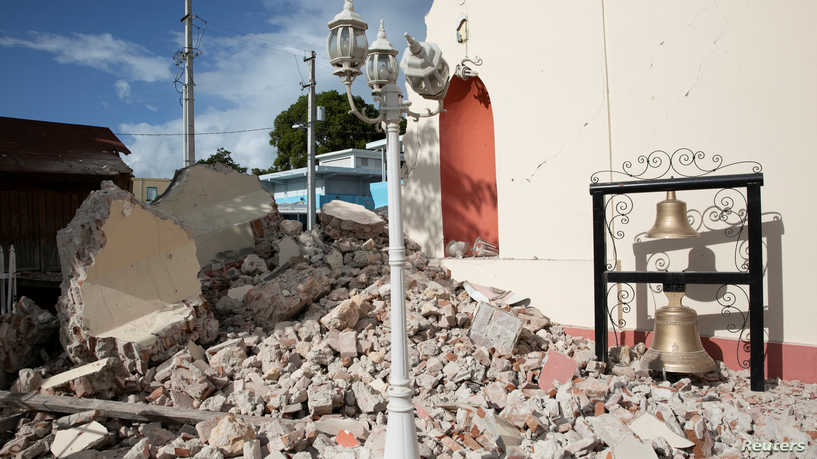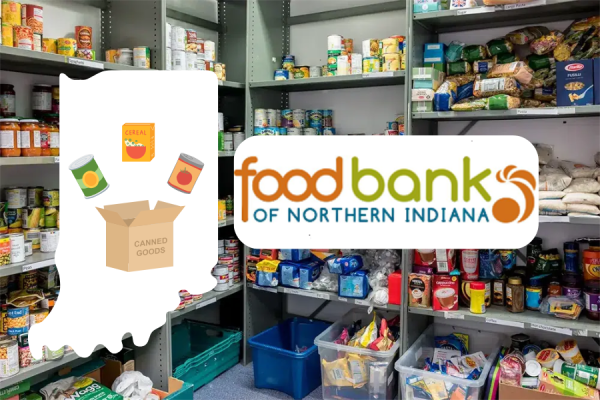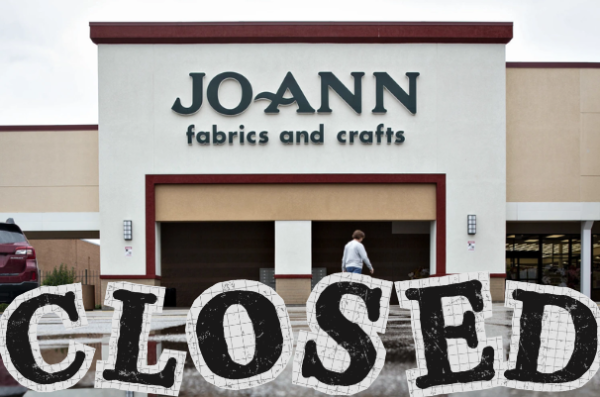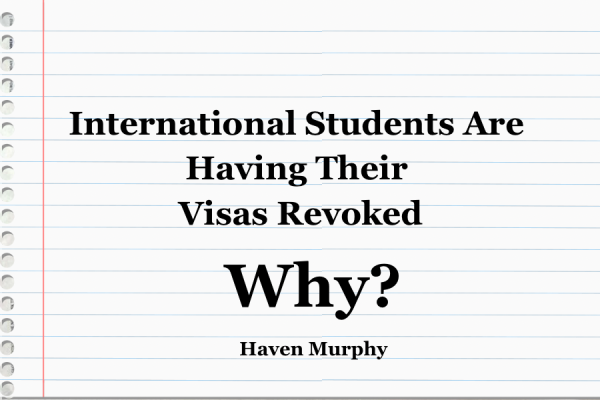Puerto Rico Earthquakes
A damaged church after the earthquake in Guayanilla, January 9, 2020.
During the end of December 2019 and throughout January 2020, Puerto Rico and surrounding areas have been affected by a swarm of earthquakes. Six of these quakes were measured as a magnitude 5 or greater. The largest and most effective took place on January 7, 2020. It was measured as a 6.4 on the Richter scale. At least one person was killed with several others left injured. That day, the governor of Puerto Rico, Wanda Vázquez Garced, declared a state of emergency. The Puerto Rico National Guard and Puerto Rico State Guard were also activated. Additionally, Garced made $130 million available in aid. The United States White House gave $5 million to emergency relief. On January 12, Garced also allotted $12 million to six cities that were the most damaged.
On the previous day, January 6, 2020, there was a 5.8 earthquake that destroyed a natural arch in Punta Ventana, Guaynilla. Additionally, there was a 5.9 aftershock on January 11, 2020 that caused much damage to local structures. The aftershock affected many historical buildings and tower blocks in Ponce. Only three days later, over 8,000 people were reported homeless and had to camp outdoors in shelters. 40,000 people were camping outside their homes in Ponce alone. There was no electricity in Ponce and most of Puerto Rico on January 7, 2020. Half a million residents did not have power while over 250,000 residents did not have access to water.
The damage to government buildings has been calculated to cost hundred millions while there was an estimated $3.1 billion in financial losses. Ponce alone has sustained an estimated $150 million in damages. The Costa Sur power plant, a power plant that has supplied over a quarter of Puerto Rico’s energy has been damaged and shut down with destruction that will take over a year to repair.
Here’s how to help:
American Red Cross– collects donations for disaster relief that goes into a central pool for all disasters, gives people access to clean water, installs solar networks for power, and supports local community-health organizations
Americares– offers assistance to health facilities in Puerto Rico and deploys mental health experts to help victims cope
Hispanic Federation Unidos program– transports first responders and provides food and water The group is currently one of the biggest contributors to the ongoing relief effort in Puerto Rico.
Mercy Corps– distributes solar lanterns along with USB chargers and emergency cash, supports and prepares local community centers with solar panels, emergency kits, community gardens, and disaster training
Project HOPE– delivers health supplies and provides training for local health care workers
Puerto Rico Rise Up– provides emotional support to people affected by the disaster
The Salvation Army– provides supplies and hot meals to responders and those affected by the disaster, opens recovery centers where people can charge their devices and receive support
World Central Kitchen– prepares meals for people affected by disasters
Your donation will support the student journalists of The Tower and John Adams High School. Your contribution will allow us to purchase equipment and cover our annual website hosting costs.

Vanshika Dixit is a senior in the vigorous full IB program and current serves as Co-Editor-in-Chief for the Tower. Originally born in New Delhi, she moved...







